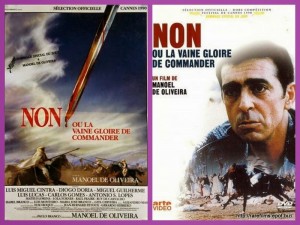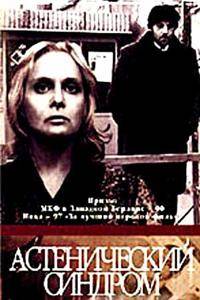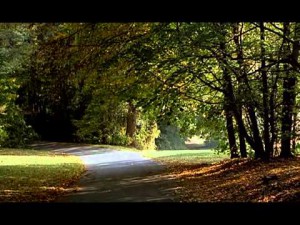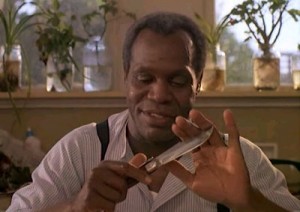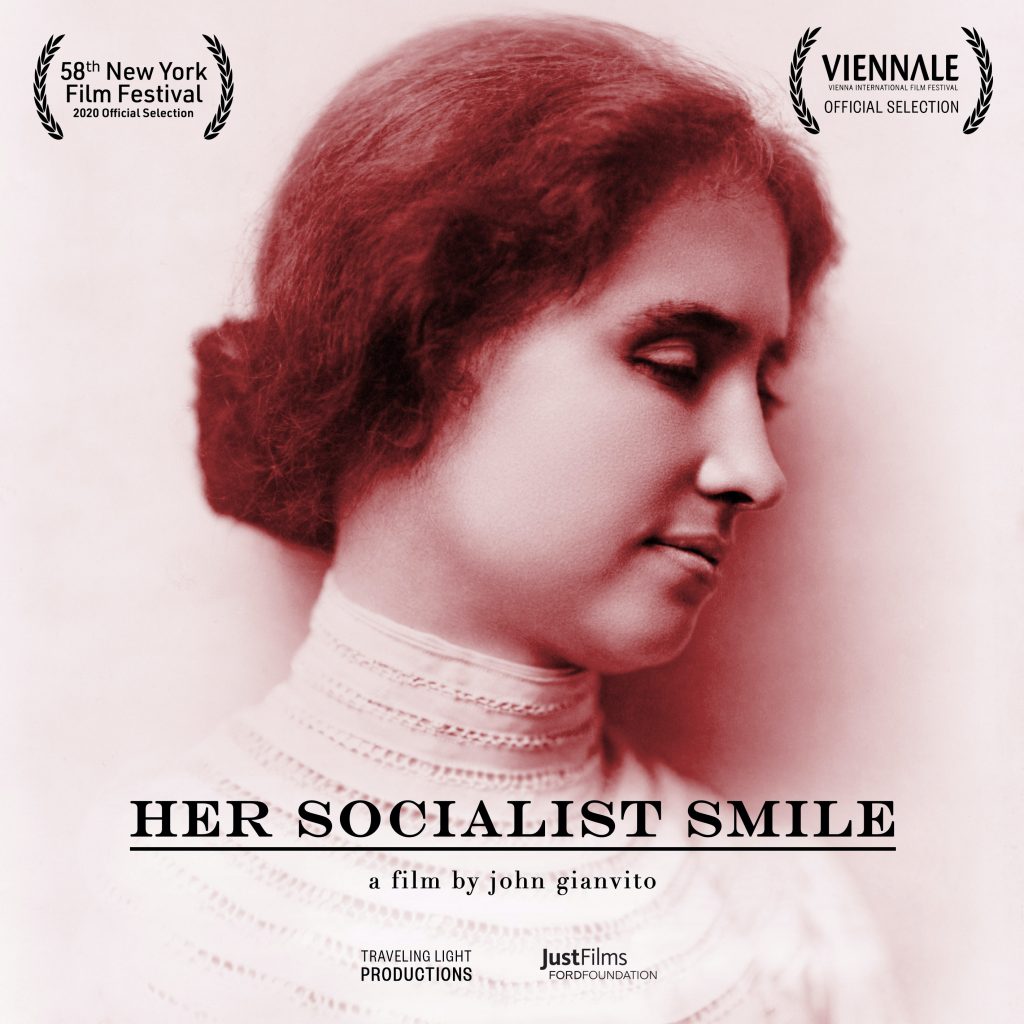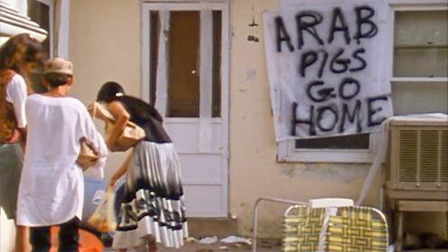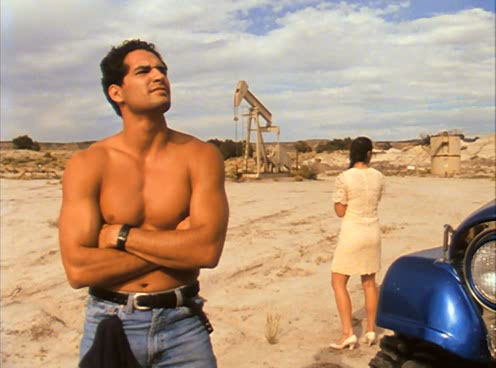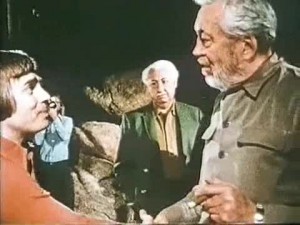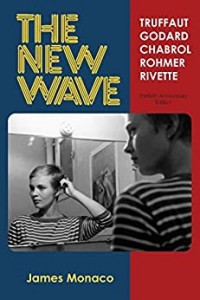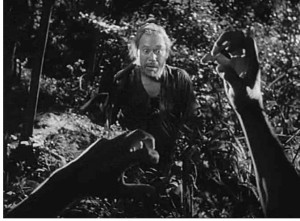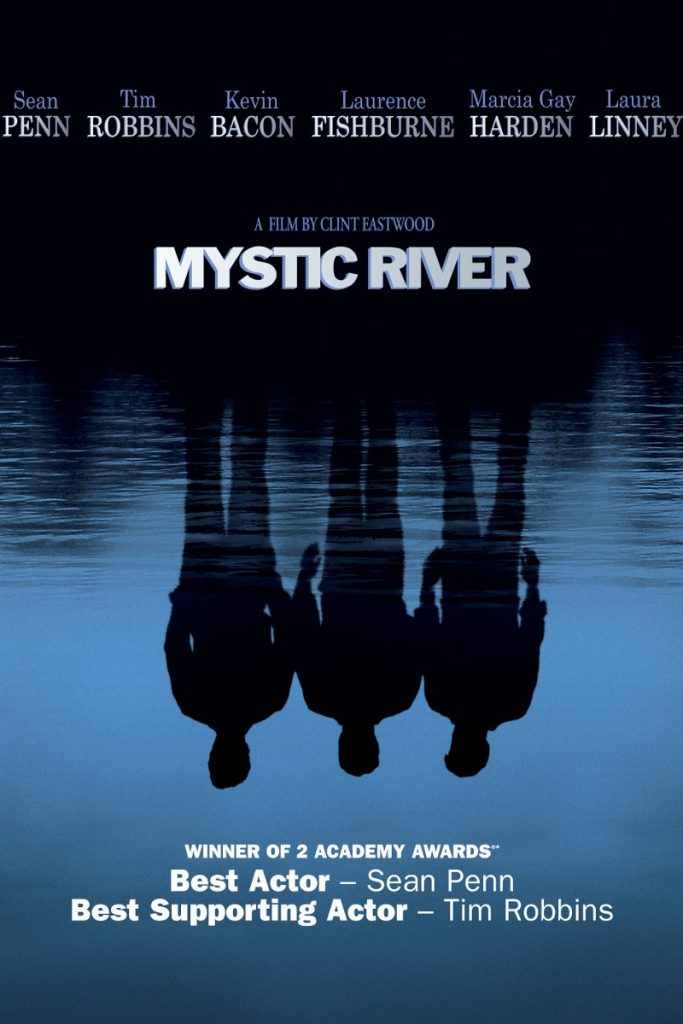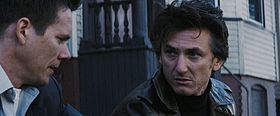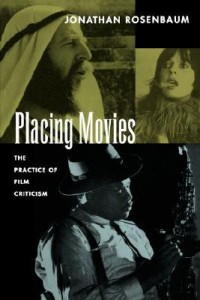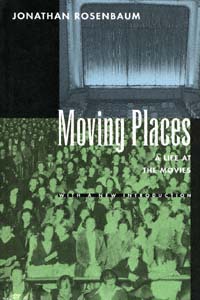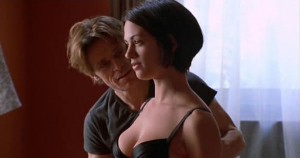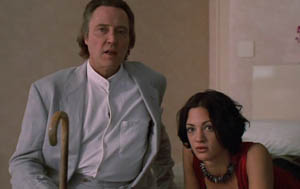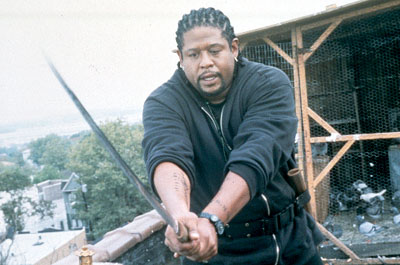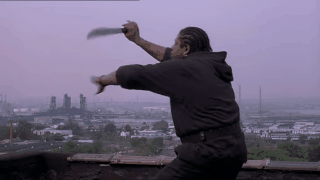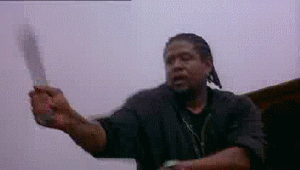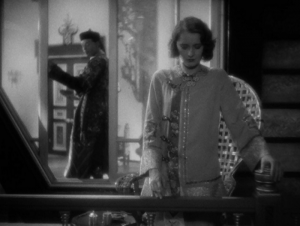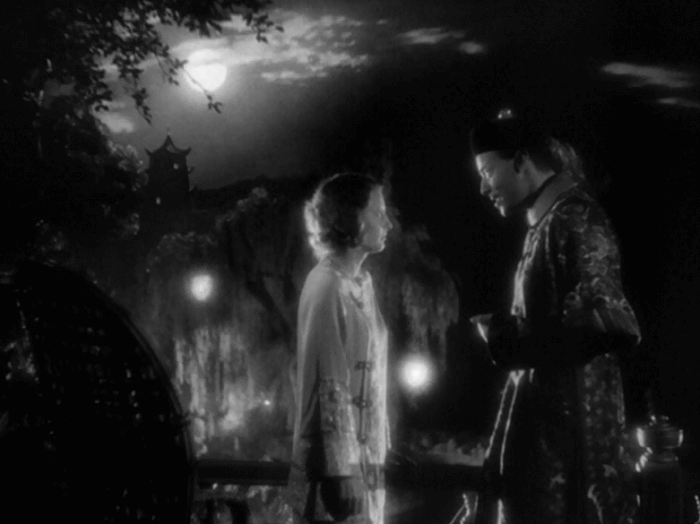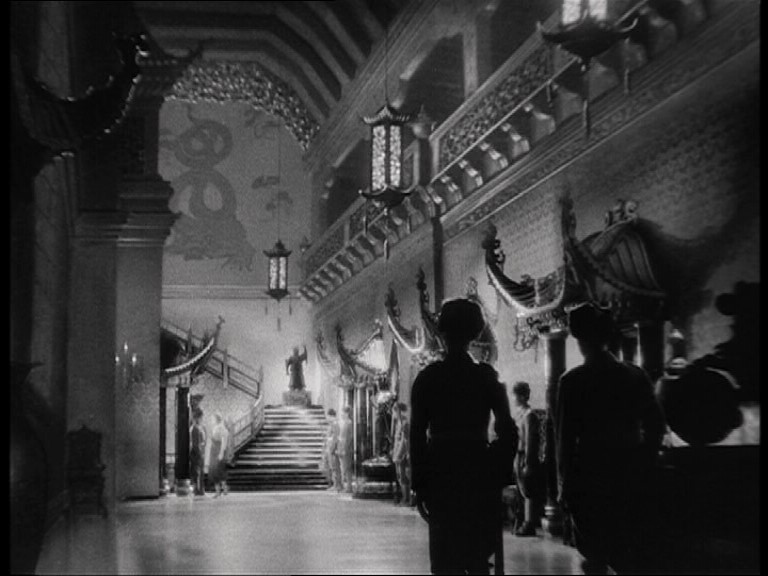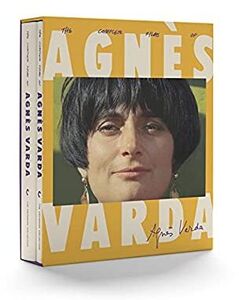From the Chicago Reader (October 12, 1990). — J.R.
The 26th Chicago International Film Festival includes, at the latest count, 110 features and ten additional programs, spaced out over 15 days in two locations –a somewhat more modest menu than last year’s. Apart from this streamlining, it would be a pleasure to report some major improvements in the overall selection, but I’m afraid wanting isn’t having, and from the looks of things, this year’s lineup is not very inspiring.
About six weeks ago, when the festival issued a list of about 100 “confirmed and invited” films, I was hopeful. Based on what I’d already seen or heard about, the list was, barring some omissions, a fair summary of what was going on in world cinema, which is more than one could say for previous Chicago festival lineups. I pointed this out to a colleague, who replied, “Yeah, but let’s see how many of these actually turn up,” and I’m sorry to say his skepticism was warranted. Gradually, irrevocably, over half of the hottest titles were dropped from the list, including Kira Muratova’s remarkable The Asthenic Syndrome, Jean-Luc Godard’s La nouvelle vague, Nanni Moretti’s Palombella Rosa, Pavel Lounguine’s Taxi Blues, Charles Burnett’s soon-to-open To Sleep With Anger, Aki Kaurismaki’s The Match Factory Girl, Bertrand Tavernier’s Daddy Nostalgy, Otar Iosseliani’s Et la lumiere fut, and Patrice Leconte’s The Hairdresser’s Husband. Read more

